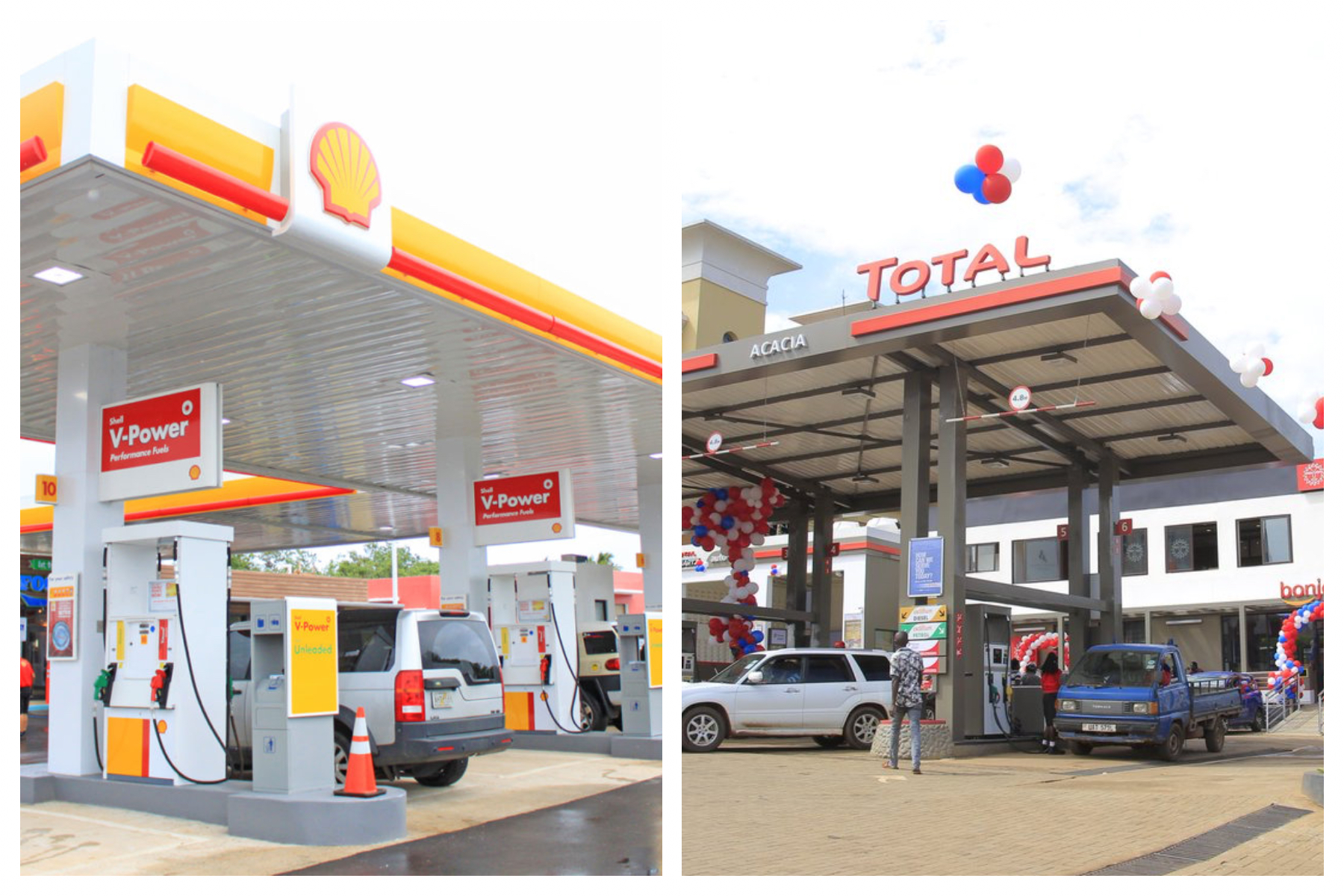TotalEnergies Marketing Limited (formerly Total Uganda) and Shell have been market rivals for nearly six decades now.Shell has been present in Uganda since 1953, while TotalEnergies has been present since…
Between TotalEnergies and Vivo Energy, who is pumping up a bigger share of the market?


